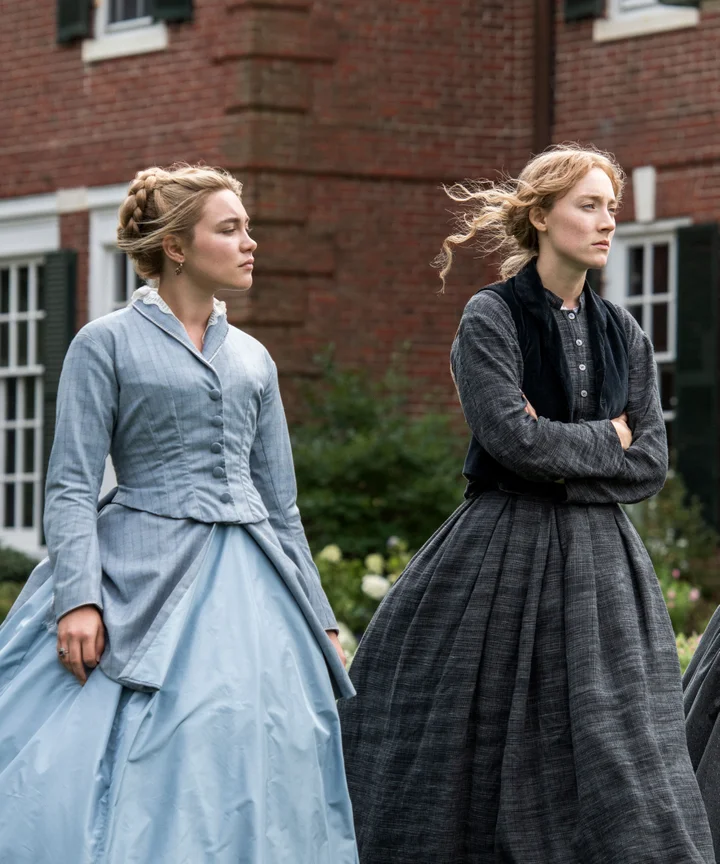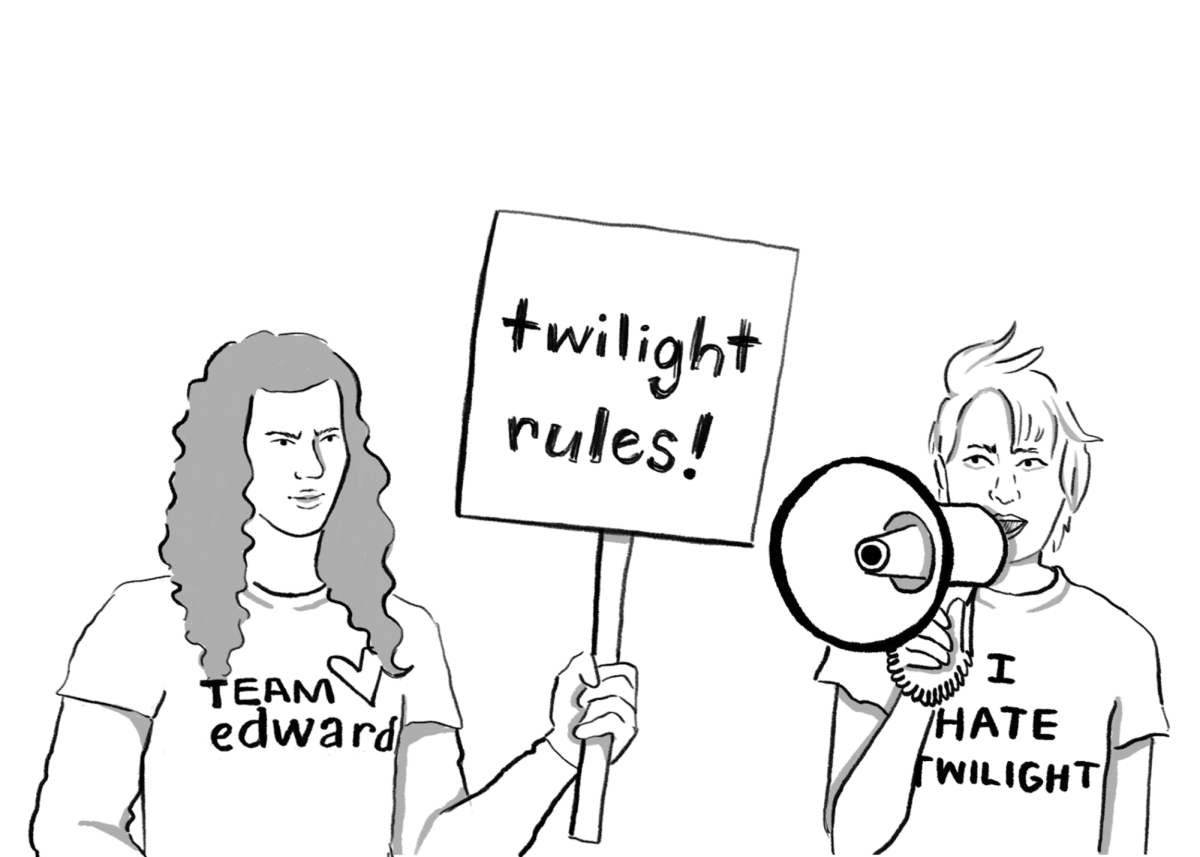Greta Gerwig’s masterful adaptation of Louisa May Alcott’s novel “Little Women” highlights the love triangle between three of the main characters, Amy, Jo, and Laurie. “Little Women” is set during the civil war and its aftermath, jumping back and forth as it tells the story of the March family, principally the four girls: Meg, Jo, Beth, and Amy. Throughout the story, the sisters learn to deal with individuality, social expectations, and the main topic of discussion: love.
Jo is one of the main characters of the film who has a passion for literature and writing; she breaks gender norms as she crosses into a male-dominated world, thus fueling her independence. Jo first meets Laurie at a New Year’s Eve party as she stumbles into a back room where they are both trying to escape the crowd. Their first interaction lacked romantic tension, and instead was more playful and platonic as the two soon moved to dance on the porch. Although this scene is heartwarming, it sets the stage for how their relationship is set to be: purely platonic. Throughout the film, Jo always seems emotionally unavailable, unable to fully express her emotions until it is too late.
From the beginning, Jo makes it evident that she does not intend to marry at all, always dismissing the idea, especially as it plays a role in taking away independence from women. When her oldest sister Meg is about to get married, Jo expresses how she would get bored of her soon-to-be husband in two years, but that they, all the sisters, would be interesting forever. This solidifies Jo’s stance on marriage and how she is to remain a free spirit and focus on her career goals.
Although Laurie and Jo spend a great deal of time together in their youth growing to care for each other, Jo never expresses any attraction, only seeing him as another addition to the family. But Laurie gazes at Jo longingly, reflecting his love for her that she never returns. During Laurie’s heartfelt and vulnerable proposal, Jo responds with, “I can’t love you as you want me to,” rejecting this love that she secretly craves. Later, when telling her mother that she would accept his proposal if he were to ask again, Jo could not admit that she loved him, but rather that she cares more about being loved. This response comes after one of her sister’s deaths, which I believe was an attempt to bring back childhood comfort by connecting Laurie to it in order to fill this void that she lost. In another universe, I would have liked for Jo and Laurie to work out, but at the end of the day, they are so similar in their emotions but have different ambitions that it would not have worked out. Both are stubborn and don’t like to be told when they are wrong or are not living up to their potential, so these two very strong personalities would have made a romantic relationship decay over time.
After Laurie’s proposal, Jo moves to New York to pursue writing and meets professor Friedrich Bhaer. Friedrich is a calm and gentle man who isn’t afraid to critique Jo’s writing in order to help her grow her writing skills. These characteristics seem to fit with Jo perfectly; the two individuals complement one another and live very similar lifestyles that they could find happiness in. With both their goals being similar, Jo looked at Friedrich in a way that she never looked at Laurie — her gaze of love and fascination was constant. This difference in treatment that Jo gave to Friedrich instead of Laurie shows the undeniable attraction that they both had for each other since their first meeting in New York.
On the other end of this debate over who was best suited for Laurie, we have Amy, Jo’s younger sister who holds more traditional views on her societal standards as a woman. Amy’s feelings for Laurie have always been present. Throughout the whole movie, she makes comments about how she wanted to impress him and how she always wanted to hang around him, often at the expense of crashing his dates with Jo. As she got older, she went to Paris with her aunt to pursue her passion for painting and hopefully find a rich husband to marry. Her aunt has a suitable man for her but when mentioned, Amy completely deflects and talks about her painting.
But as Amy later travels through town, she sees Laurie and lights up, stopping the carriage and running to him like she is a little girl all over again. Her inability to pursue the one she truly loves had altered her view on marriage, forcing her to believe that it’s an economic proposition and that you can control who you love, ultimately disregarding the idea that love is an uncontrollable human emotion. The idea that she cannot have Laurie stems from always being second to Jo. Once she tells Laurie how she has always loved him after Laurie implores her not to marry her top prospect, their relationship seems to fall into place after she rejects the man she doesn’t really love. For the first time, Laurie sees Amy for who she really is and not just as Jo’s little sister. Amy is a driven woman who is able to help Laurie grow up and become a better version of himself.
Many viewers of the movie who relate to either of the two girls will root for the one they most closely find themselves to be most like. This character bias based on relatability can cause resentment against the other character, but Gerwig did an amazing job of displaying the powerful relationship of a sisterly bond. The movie ended on good terms as both Amy and Jo ended with men that fit a fairy tale ending and led them to be with the one that best complimented the other, allowing for the most growth possible. However, based on the ending of the movie, we cannot be certain that Jo got married because as a character she was designed to be completely independent. Due to the pressure that Louisa Alcott faced from her publishers, all her female characters ended up married, which is why we see Jo end up with Friedrich. Jo ending up with Laurie would be a perfect friend-to-lovers trope, but because Jo is meant to be a criticism of gender roles and stereotypes, it makes perfect sense as to why Amy and Laurie were the perfect match.
Image courtesy of Refinery29









